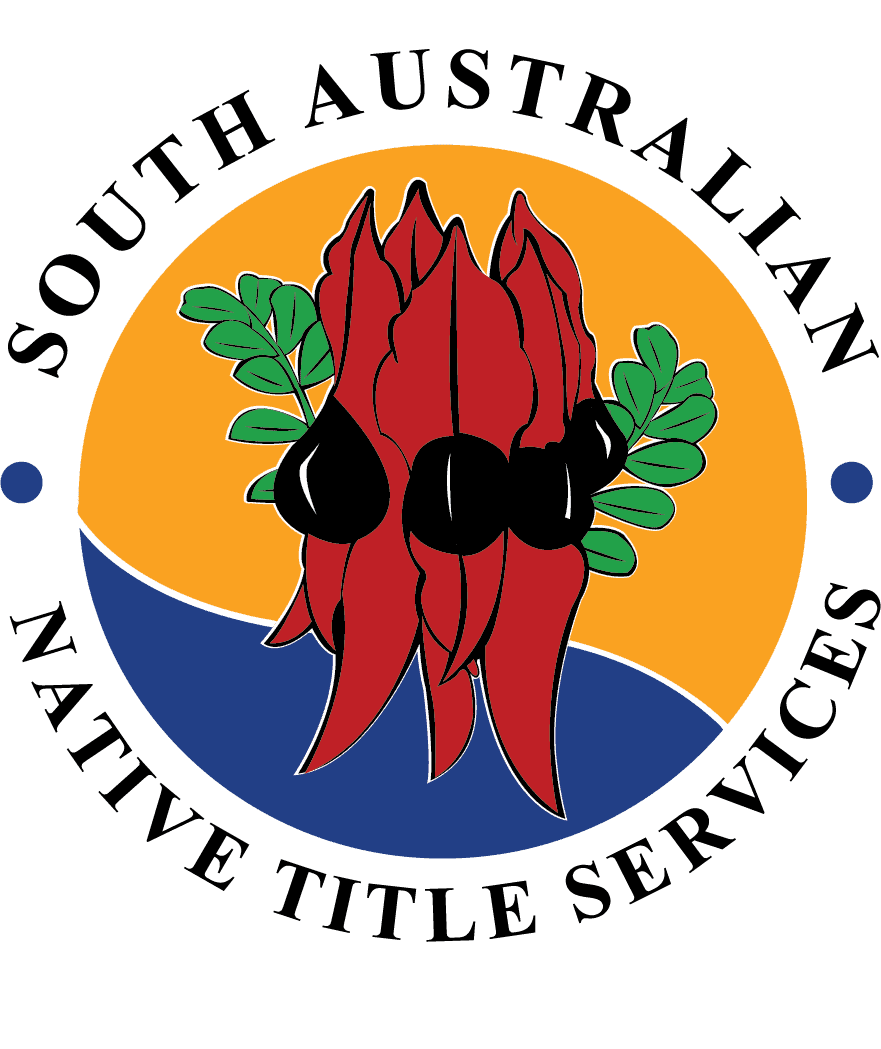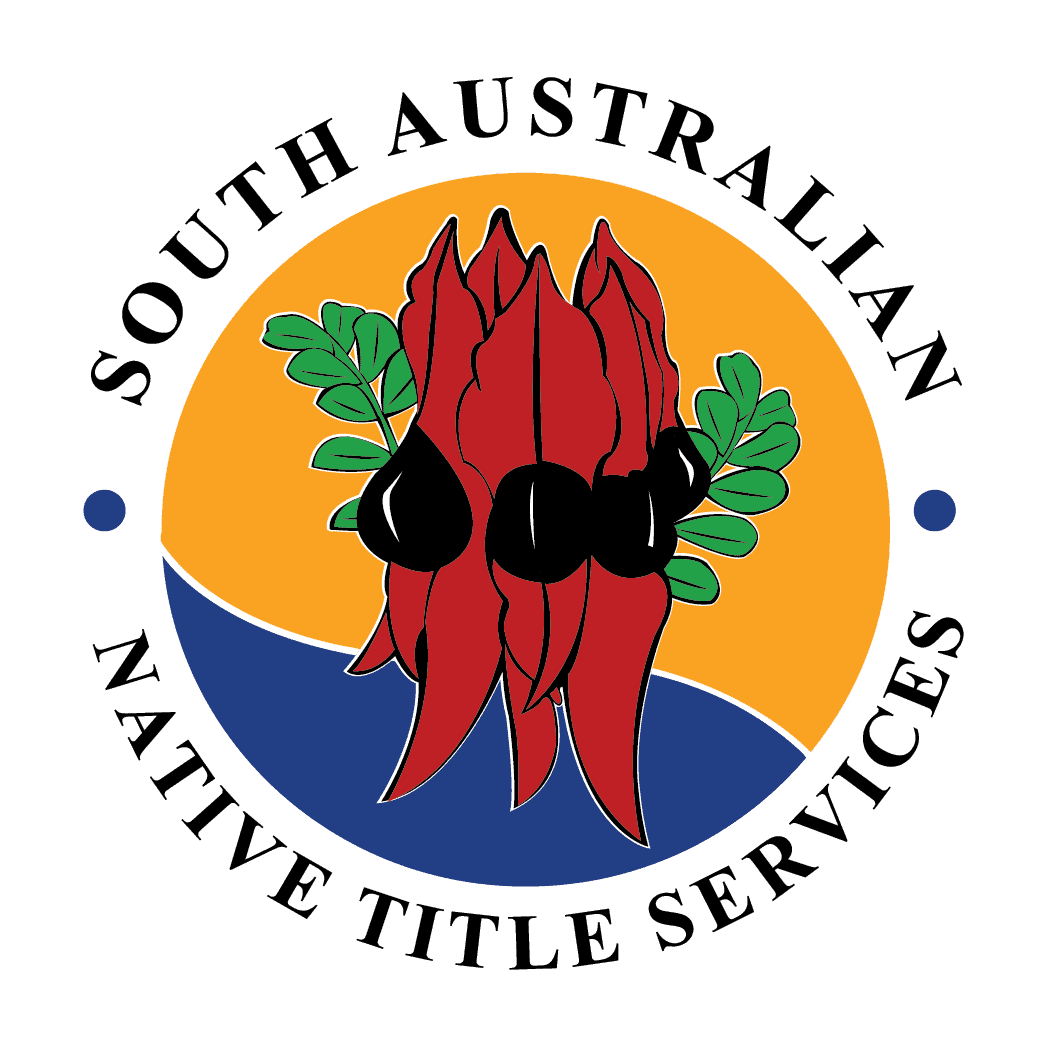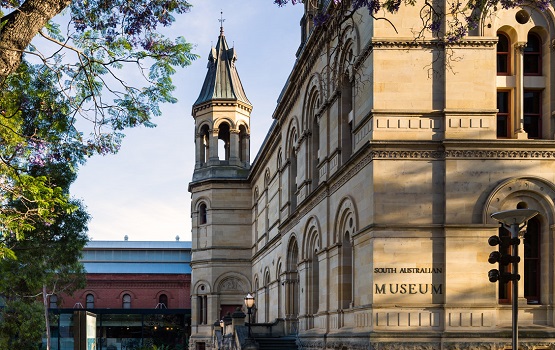The management of Aboriginal ancestral remains held by the South Australian Museum is set to change following years of questioning by community members and in the face of the deteriorating state of the Museum’s storage space.
The South Australian Museum holds one of the world’s largest collections of Aboriginal artefacts. The collections include human remains of many Aboriginal old people from across the state and country.
A major forum between Aboriginal community members late in 2018 has marked a new approach to the care of ancestral remains.
The forum followed a statement by the Director of the Museum Brian Oldman, where he said, “museums must change with the times”.
Mr Oldman said that he wanted to “signal a new era of Aboriginal involvement and empowerment in the priorities of the South Australian Museum.”
In the statement acknowledged the scale of the ancestral remains held by his institution and touched on how they had been collected.
“The remains of some 4600 Aboriginal people rest in the South Australian Museum under our care. Some of these remains were collected by researchers in the past, some were disturbed by developments here in Adelaide and around South Australia” he said.
He said that these remains now need to be returned to country, echoing calls that have been made by Aboriginal community members for many years.
“There are many reasons why museums around Australia have to care for human remains, but there is now one responsibility underpinning them all – the need to return these individuals to Country where they belong. The Museum recognises this as a moral responsibility above all others” he said.
In August, when the remains of a Kaurna old person was returned from a European institution, Kaurna Elder Jeffrey Newchurch criticised the Museum’s holding of the ancestral remains and called for such a return.
“There currently appears to be ancestral remains of over 800 Kaurna old peoples held at the South Australian Museum’s bulk store. This is disrespectful and wrong.
“One day I hope all ancestral remains of the Kaurna old people will be returned to Country” Mr Newchurch said.
Researchers into collections of Aboriginal ancestral remains have argued that ideas of a hierarchy between races of peoples at the time of colonisation made Aboriginal people’s remains highly sought after. This fierce competition for Aboriginal people’s remains in that era meant that many were deliberately stolen from burial sites, as well as being discovered during settlement activities.
Their placement within Museums has supported research in the years since, including research into Aboriginal people’s ancestry.
Much questioning from Indigenous people across the globe and in Australia about the holding of the remains of their ancestors has seen a shift in the way these artefacts are viewed, as well as their potential future care and management.
Now work to create a ‘new era’ at the South Australian Museum has commenced. A new policy on Aboriginal heritage collections was approved by the Museum Board in December
The new policy was developed by a reference group of Aboriginal elders which was established by the Museum’s board.
Anna Russo, South Australian Museum Aboriginal Heritage and Repatriation Manager, told Aboriginal Way late in 2018 that have spent the last 12 months rewriting the museum’s repatriation policy to replace a dated policy.
“The previous policy was written in 1987, and that predates the Aboriginal Heritage Act here in South Australia.
“The previous policy, it’s focus on Aboriginal ancestral remains was as scientific specimens, is essentially how it treated those ancestors.
“Repatriation was only considered under that policy for a very small sub-set of ancestral remains,” Ms Russo said.
Ms Russo said the new policy has a very different approach.
“The new policy has put Aboriginal cultural authority at the heart of it, and particularly those decisions of the value of the remains, the scientific value. So it’s essentially flipped that convention from 1987 on its head” she said.
The new approach at the Museum takes its cues from international developments and new national standards about Indigenous people’s ancestral remains.
“It takes it reference points from the United Nations Declaration on the rights of Indigenous peoples, and their ancestral remains. It references the national policy on Indigenous repatriation, and what the Commonwealth government expects, and the Aboriginal Heritage Act in South Australia.
“So it’s got some very strong points of reference, and it’s being developed by those Aboriginal leaders. You know, it’s really a huge cultural shift for this museum. Long overdue” Ms Russo said.
In mid-October, the Museum hosted a major forum to talk about the Museum’s proposed new approach with Aboriginal community members.
“For us at the South Australia Museum, it was an opportunity to introduce a new relationship with South Australian Aboriginal communities because we are really stepping up our focus on repatriation of ancestral remains” Ms Russo told Aboriginal Way.
The forum included 51 traditional owners from 15 different Aboriginal organisations who are affected by the repatriation programs, as well as the chair of the State Aboriginal Committee, the Commissioner for Aboriginal Engagement and Aboriginal staff from the South Australian Museum.
At the workshop, discussions were centred around themes drawn from the new policy approach of responsible research, repatriation practice, enduring relationships, education and awareness and protection in perpetuity.
The Museum asked participants “what elements of responsible research can be strengthened?”
Some feedback included acknowledgement of ownership and self-determination with Aboriginal control of artefacts was needed.
They were told that further consultation is needed between the Museum and communities and that the Museum should acknowledge proper ownership of the remains.
One commented noted was “policy by museums should not dictate what community can or can’t do with their old people”.
The Museum told those present at the forum that one of its key objectives was “recognising the impact of collection and research practices of the past, affirming the Museum’s commitment to culturally appropriate collection management and repatriation of Aboriginal ancestral remains”.
It asked Aboriginal community members and traditional owners “what are the actions the Museum or Government can take to demonstrate it is authentic in its approach to repatriation and build trust with Aboriginal Communities?
The responses included that “the SA Museum and the SA Government should apologise for stealing the ‘collections’ and recognise that some of the ‘collections’ are stolen and held as such”. Other responses suggested that a healing process in required to move forward.
Community members called for Aboriginal leadership and ongoing input in policy development. It was also noted that appropriate funding was required to employ specialist staff and to consult with traditional owners.
Ms Russo told Aboriginal Way why enduring relationships are a central question in furthering the discussion and repatriation work.
“The relationships are a key part of the repatriation practice. So we want to have a new model where we work through three steps of informing people, then consulting at a whole community level.
“And then collaborating on how do we actually move ancestors from the museum back to country for reburial, and what does that collaboration look like?” she said.
The Museum identified that it wants to “through public programs and engagement activities, identify, document and present repatriation stories”.
Community members at the forum called for “the Museum … to be honest and transparent about what has happened and share through exhibition, etc. Don’t be afraid to tell the hard stories”- was one comment.
There was also a call for ‘keeping places’ for ancestral remains to be held under the control of traditional owners.
Ms Russo says that “Aboriginal communities have been asking for the space to tell the stories, we’ve got a lot of work to do there.
“We’re just putting these things out there to let them know that we are thinking about things people have said before. We’re not starting from scratch. We know people have views and have expressed them previously, so let’s build on that”, she said.
Brian Oldman, Director of the South Australian Museum made the following announcement on 22 January 2019
I am pleased to advise the South Australian Museum Board has approved a new policy to guide the South Australian Museum’s management and repatriation of ancestral remains and burial goods. As custodians of more Ancestral Remains than any other museum in Australia, the South Australia Museum has the greatest responsibility to show leadership here. This policy marks out the beginning of a renewed focus and commitment to repatriation.
Policy development has been guided over the last twelve months by a reference group of Aboriginal leaders experienced in repatriation of Aboriginal ancestral remains. The new policy focuses on Aboriginal authority in decision making about Aboriginal ancestral remains.
The Reference Group reviewed repatriation policies from around Australia and international practice. It drew on conventions under the United Nations Declaration of the Rights of Indigenous Peoples and ensured the policy aligns with the Museum’s legal obligations under the Aboriginal Heritage Act 1988. Advice was also sought from the National Advisory Committee on Indigenous Repatriation. In October 2018, key policy concepts were explored with Traditional Owners during the SA Repatriation Consultation Forum.
The Reference Group has successfully shifted the South Australian Museum’s policy position from a historical perspective of Aboriginal ancestral remains as specimens for scientific research to a culturally appropriate recognition and respect for deceased humans. I would like to thank the Reference Group members; Mr Tauto Sansbury, Ms Sandy Miller and Mr Major Sumner for their considered thoughts and cultural guidance. I would also like to acknowledge Mr David Rathman, Ms Rebecca Richards, and Professor John Carty, who contributed to the Group’s deep discussions.
I am also immensely grateful to all the Traditional Owners we have worked with over the last couple of years who have contributed to and informed this important work. There have been some hard conversations, there will be more to come. But this policy and the process that underpinned it have created a foundation of trust and dialogue upon which our future relationships can be built. This is an important step forward for the South Australian Museum and there is much practical work to do.
We look forward to working with communities to ensure all the Aboriginal ancestral remains currently cared for by the South Australian Museum are returned to Country and a final resting place.
By Lucy Kingston
Photo top: By Sam Noonan
SANTS acknowledges that the land on which our office is based is the traditional lands for the Kaurna people and we respect their spiritual and cultural relationship with their country.



 Protected by Patchstack
Protected by Patchstack